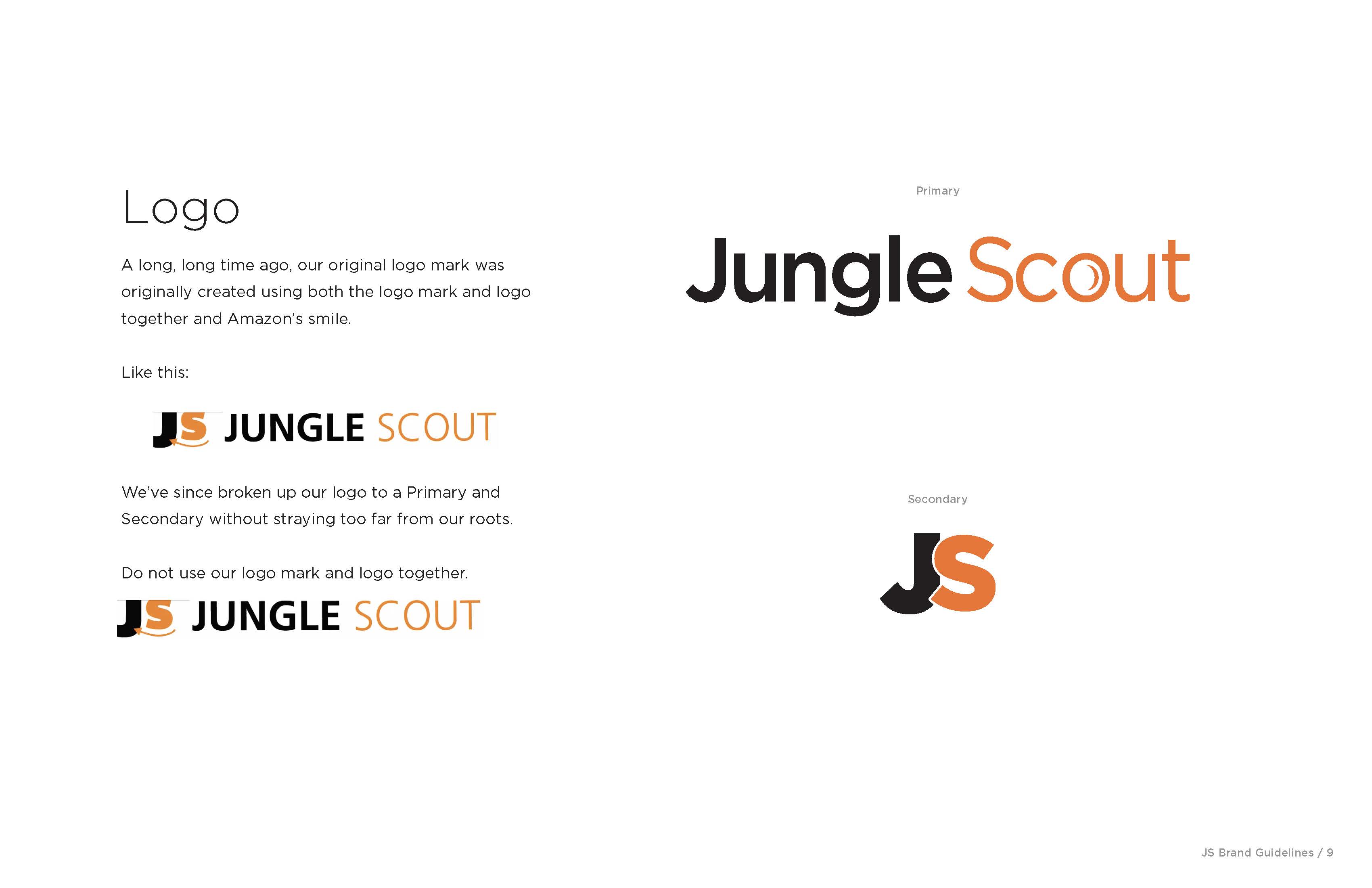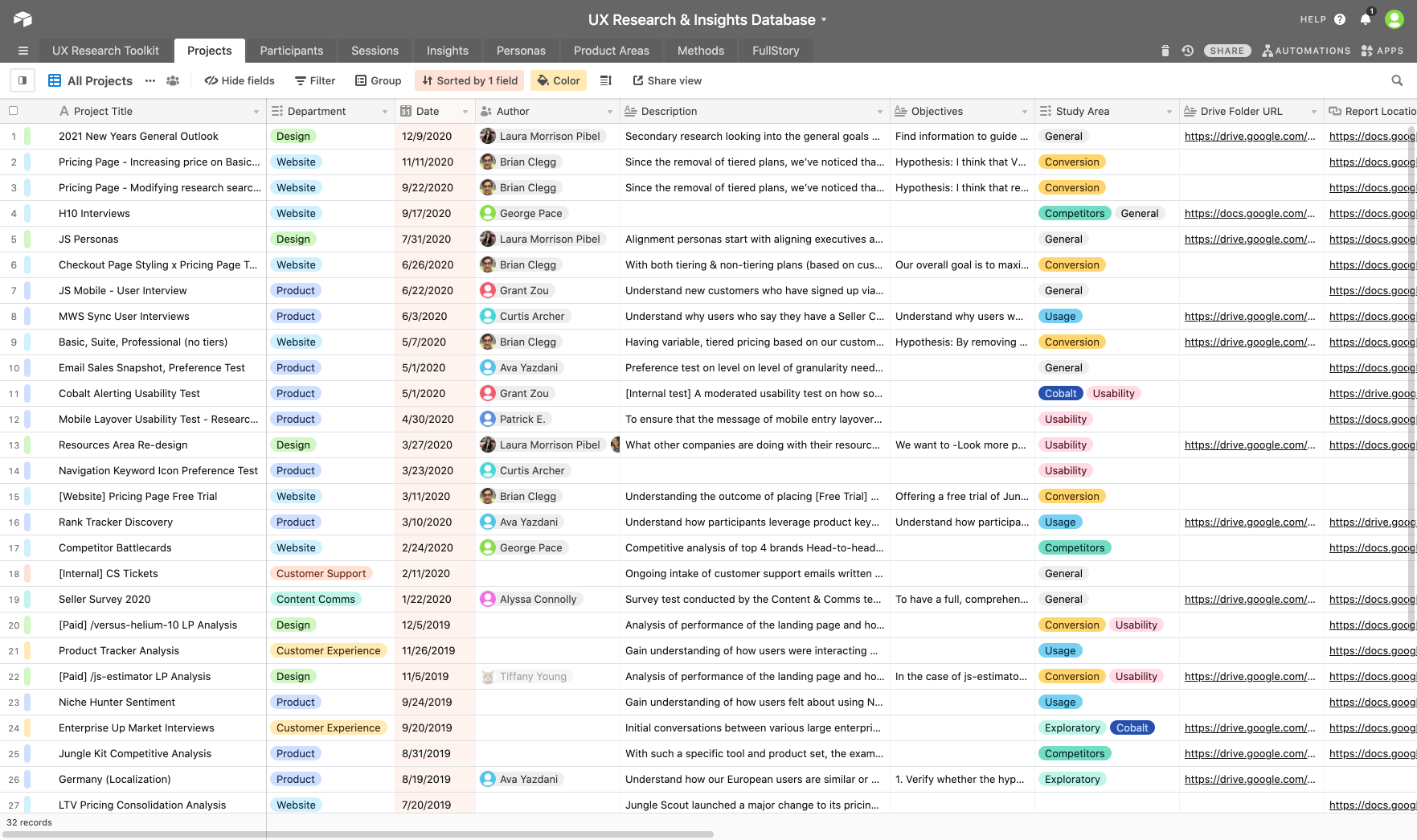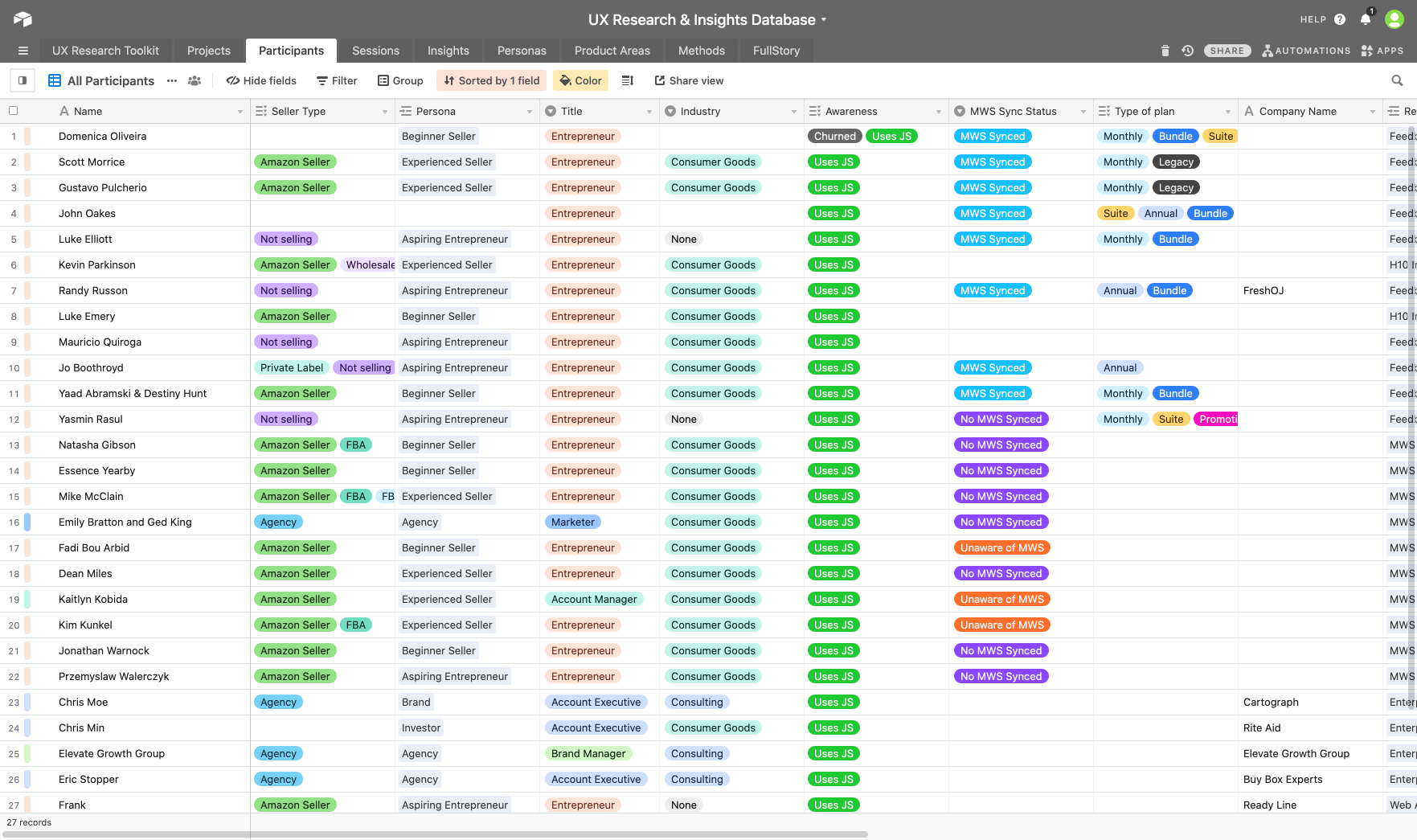Jungle Scout
Jungle Scout is the leading all-in-one platform for selling on Amazon. Founded in 2015 as the first Amazon product research tool, Jungle Scout today features a full suite of best-in-class business management solutions and powerful market intelligence to help entrepreneurs and brands manage their Amazon businesses.

My Role
RESPONSIBILITIES
Brand Design
Visual Design
Interactive Design
Website Optimization
Design Management
COLLABORATORS
Greg Mercer / Founder
Brian Clegg / Growth
Danny Villarreal / Customer Success
Jeremy Biron / Product
Curtis Archer / UX
From 2018 to 2020, I co-led the design team at Jungle Scout. Branching the Marketing team with design and data, as well as establishing an in-house marketing and product design team. This unification of the different design practices is unique and was a draw for both myself and the company stakeholders.
SaaS companies with Jungle Scout's scale and growth have a unique opportunity to have brand, content, and product inform each other, rather than be separated by the walls of org division that plague larger companies.
As one of the two original designers at Jungle Scout, I have had the privilege to see Design evolve and grow within the company. By scaling the design team up and reorganizing our design operations, we were able to create pseudo-pods where each phase of the user journey had a dedicated designer. These examples below are a smattering of some of the work that shipped during my stay, executed by both myself and my talented team.
The Wild West
As with any start-up, charging forward with a strong and consistent brand is of up-most importance. I spent my first month of employment interviewing major stakeholders, leadership, and other teammates to brainstorm and collaborate on creating a standard brand guideline and voice.
The result was a cohesive document that served as our bible for all teams within Jungle Scout. Over the years, many changes were made to the document which helped mature our brand to what it is today.





Web Optimization
Having already established a loyal user base, we turned to focus our efforts on user acquisition. We surveyed, researched, and analyzed our customers to understand their hopes and dreams of becoming an Amazon seller, the pitfalls and roadblocks they faced along the way, and what it means to be an entrepreneur.
Taking our learnings and coupling them with data and analytics, I proposed a cascading approach to redesigning our website experience. Over the course of the year, we systematically reorganized the site architecture and redesigned the entire website without decreasing performance. The result was a new experience that was strategically designed to increase acquisition as well as allow for scalability.

The original Jungle Scout website at it's inception

Implementing standard Web and UX best practices and carefully monitoring our user data

Optimized page layouts after analyzing user data and conducting qualitative user research

Testing new acquisition methods to help benefit both users and CAC
Democratizing User Research
One of our company values was "Do what's best for our customer, always." But as our company grew, it became increasingly harder to conduct research. Different teams were running different surveys and interviews, departmental silos made it harder to gather information, and insights were scattered everywhere.
So, as designers who valued our data and insights, we decided to put our feet down. We gathered everyone who was remotely interested in user research and had a huddle. What did we want? What was lacking? How can we improve?
We began to hold bi-weekly meetings where everyone can join. Teammates were encouraged to present current research efforts and what insights they have uncovered. We created a research database that included best practices, templates, data, research, insights, etc. We wanted user research to resonate with everyone within the company!





Design Growth
One of the most exciting things while working at Jungle Scout was witnessing the pivots, reorgs, and discussions that made way for team growth. Unfortunately, Design is usually left behind. We didn't have career growth or concrete goals, and to be honest, Leadership didn't really know what to do with us. I started feeling stagnant.
But, there was a point in time, when I started looking inward. I stopped relying on Leadership because I realized...I was Design Leadership. I decided to create a growth ladder, a skills matrix, and goals to measure ourselves against. I wanted all of our ducks in a row so we can operate efficiently and bring more value to the company.
The result was a mutual understanding between People Ops, Leadership, and Design on the wants, needs, and desires of the designers.